Lower Cascades road options to be heard by Bloomington city council
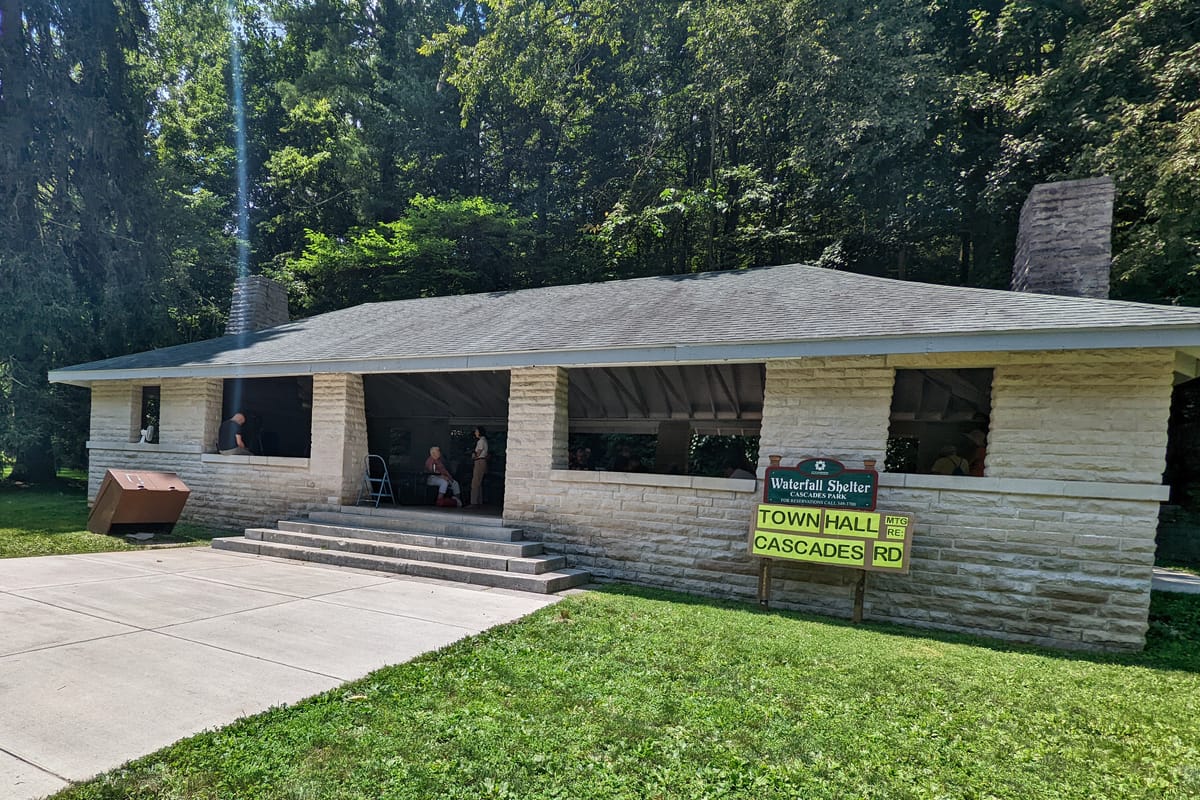
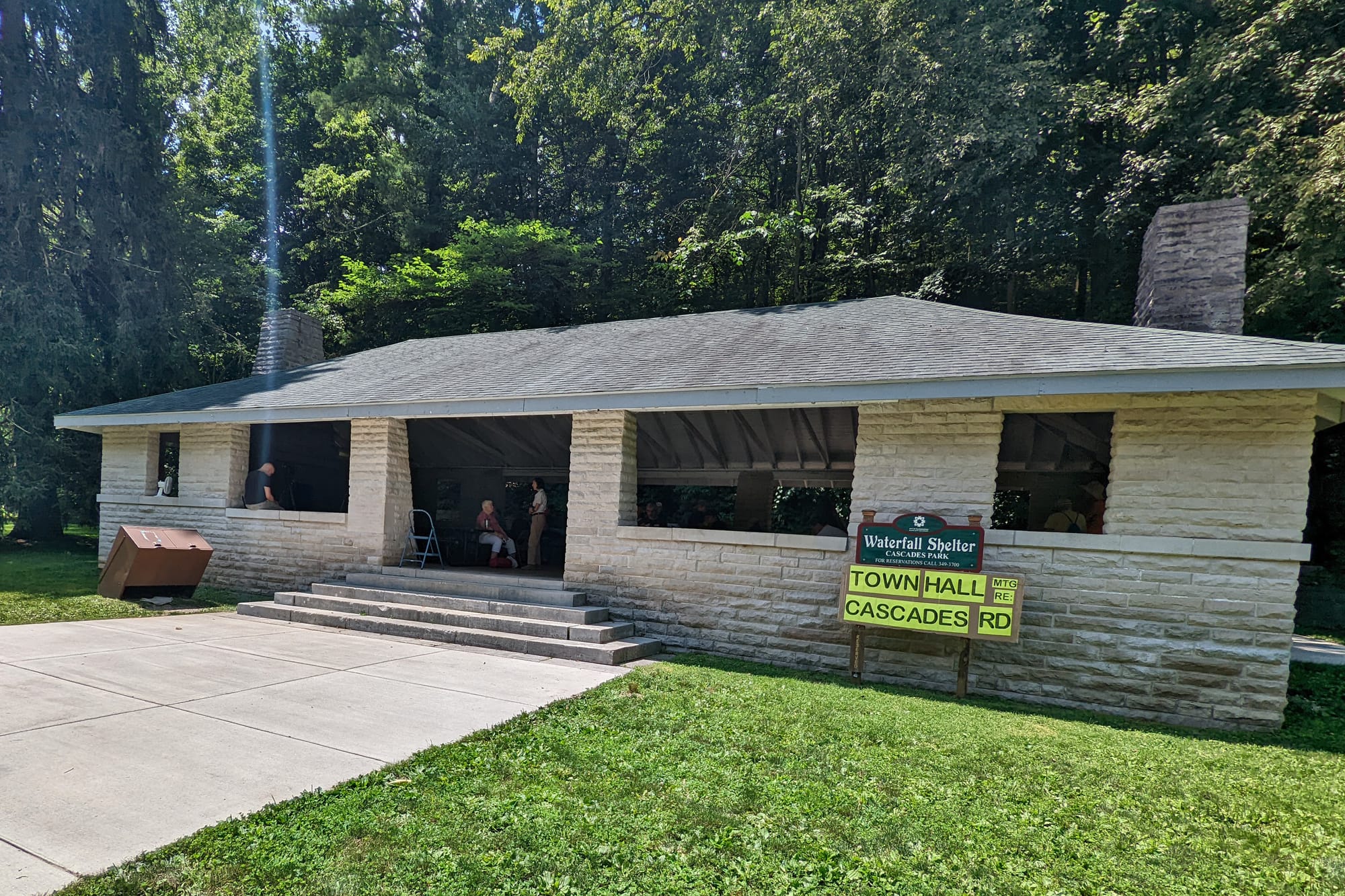
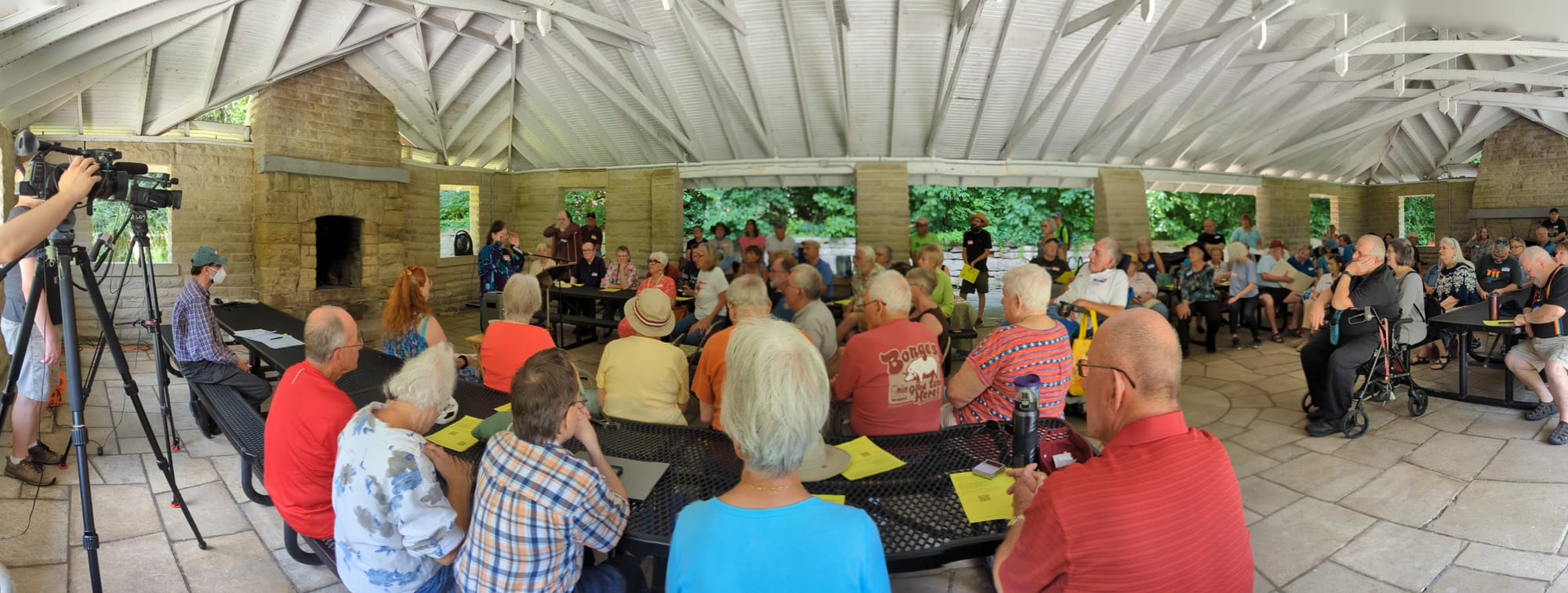
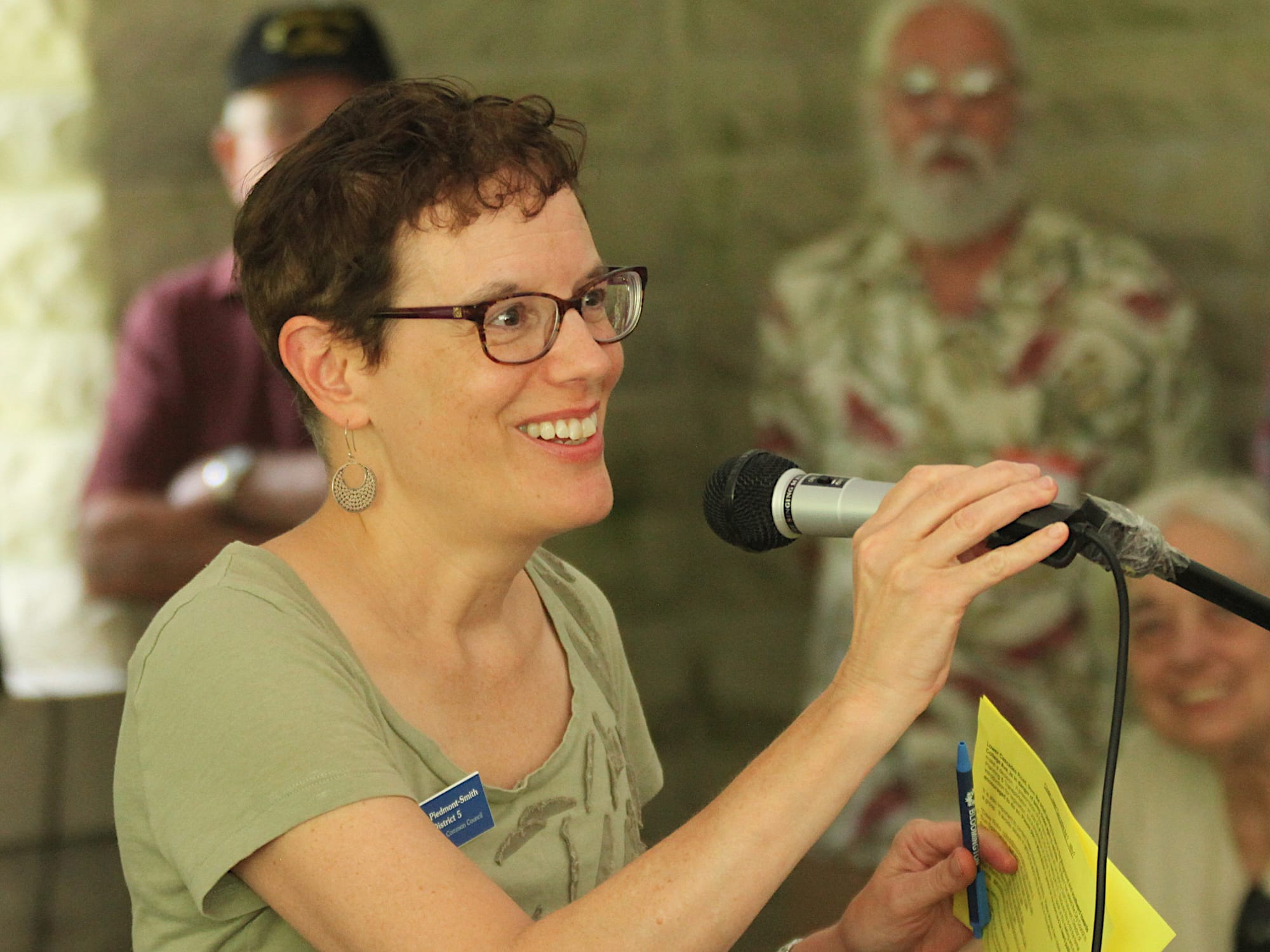
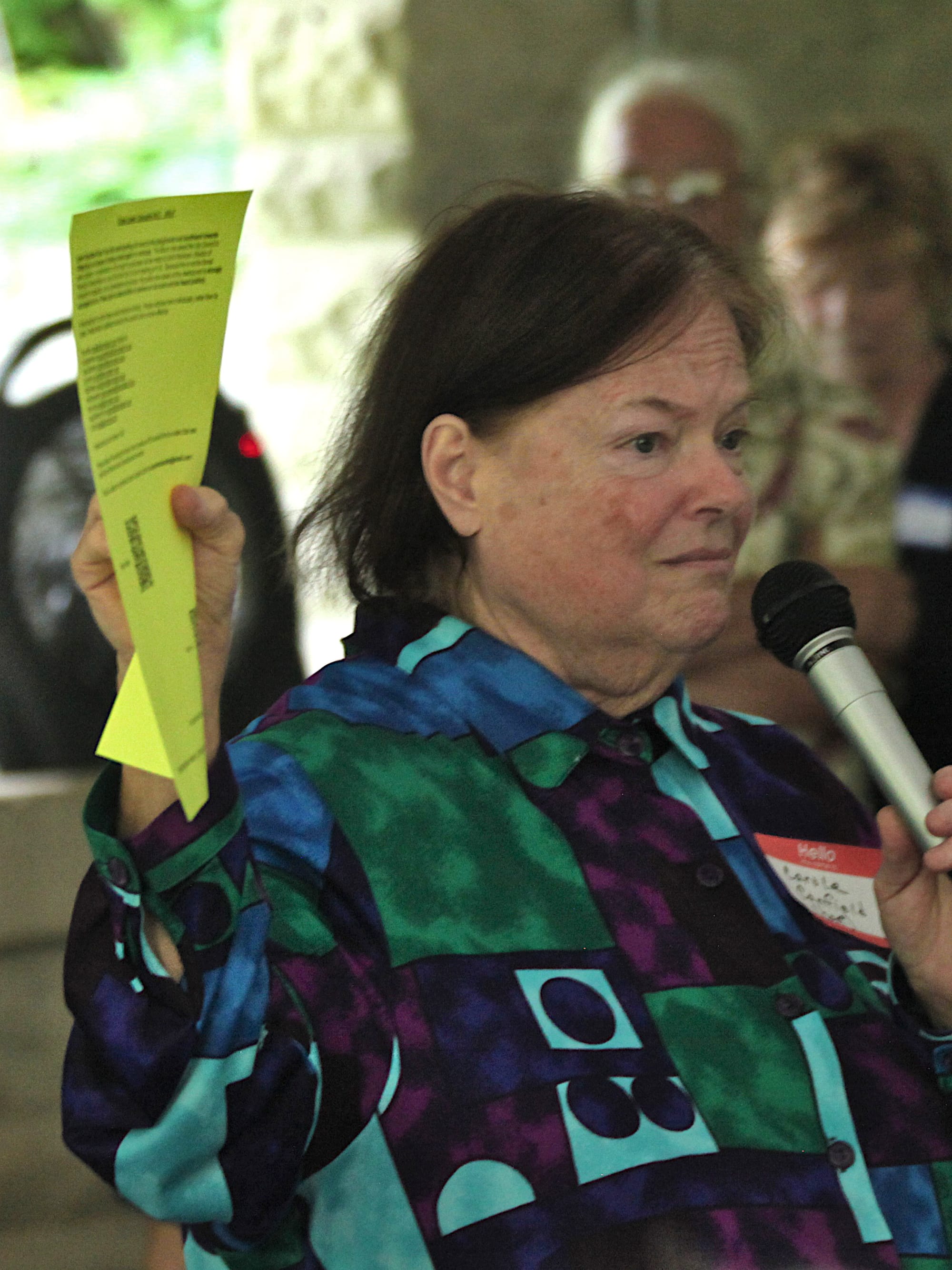
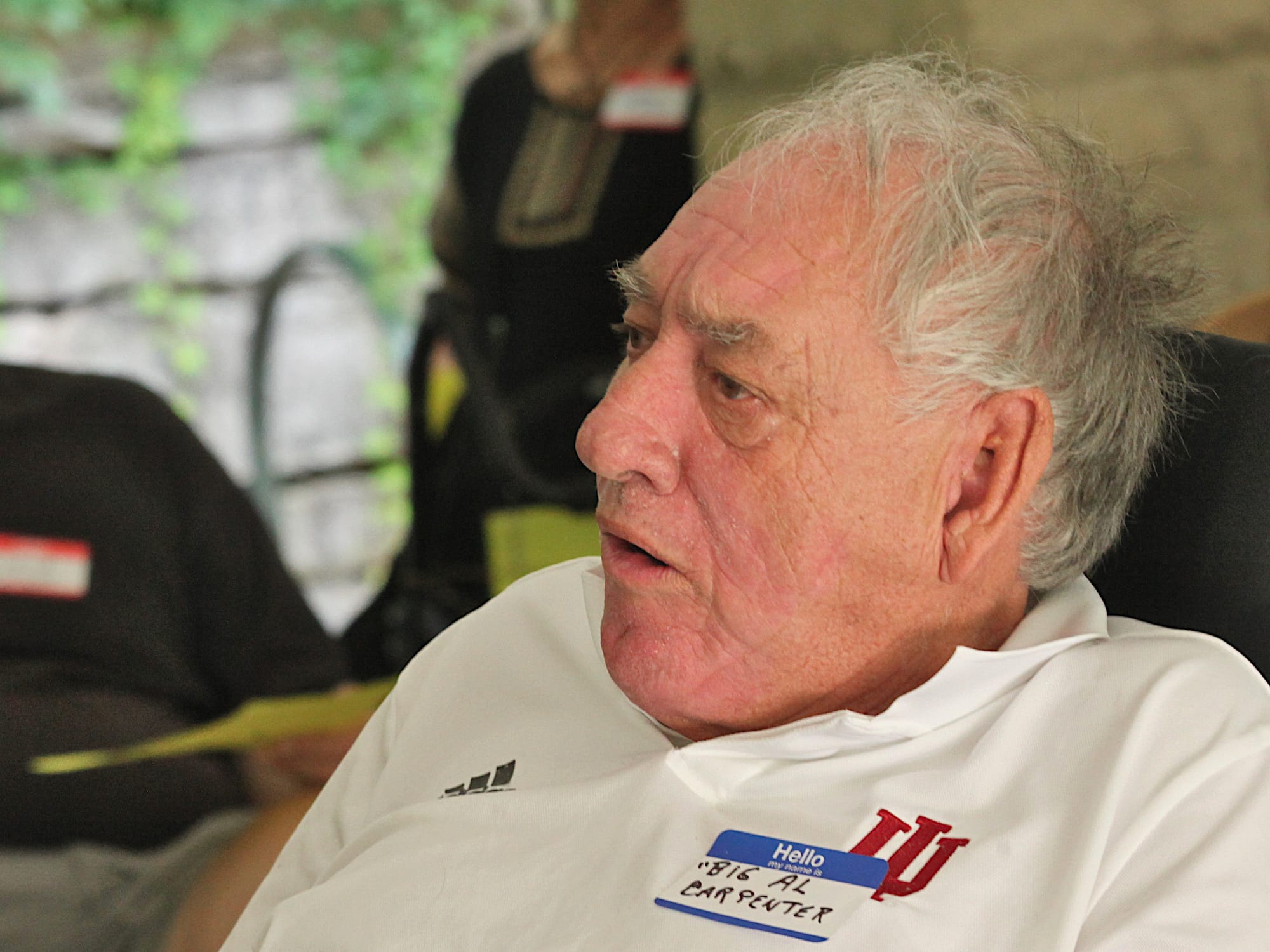
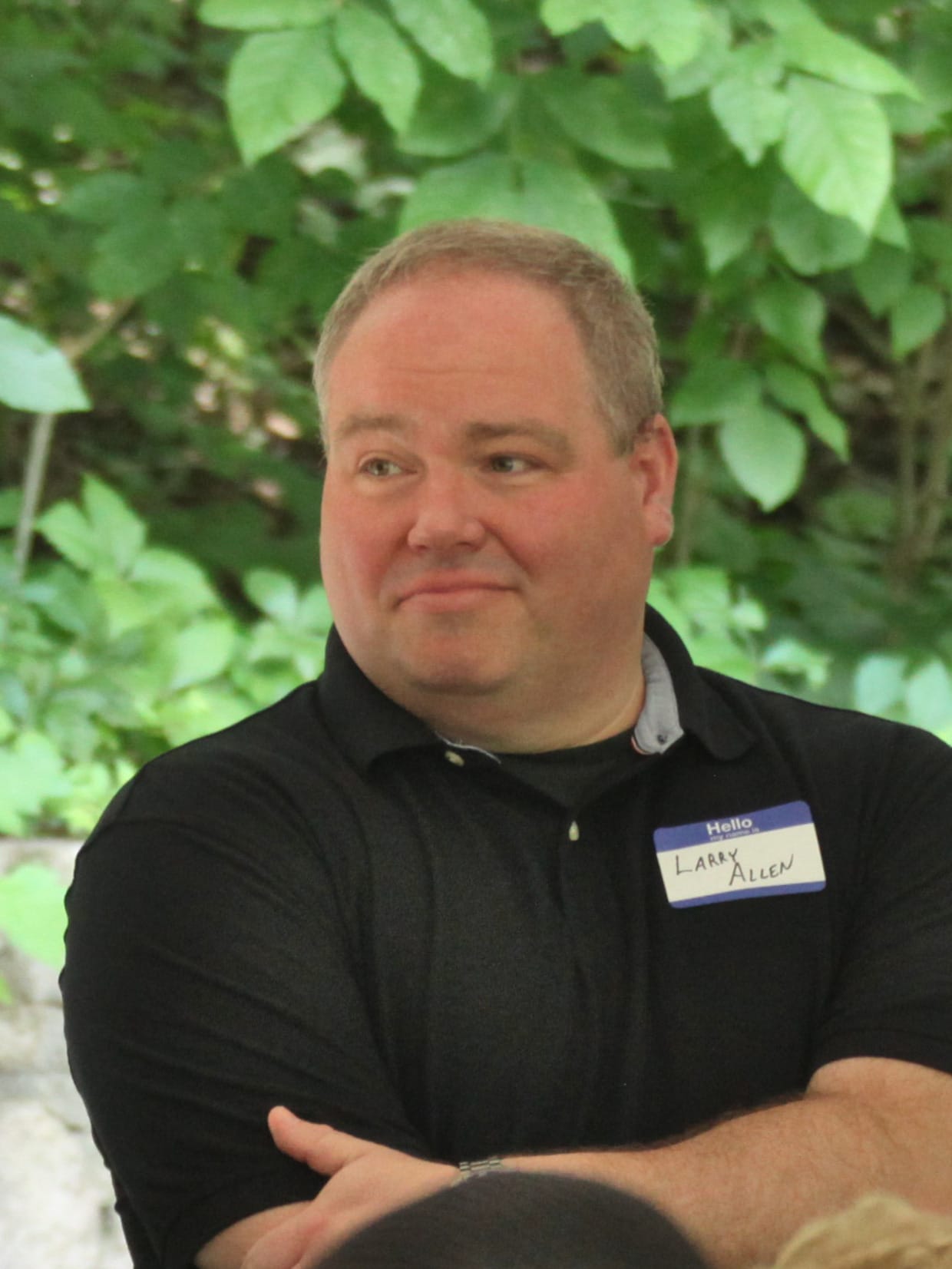
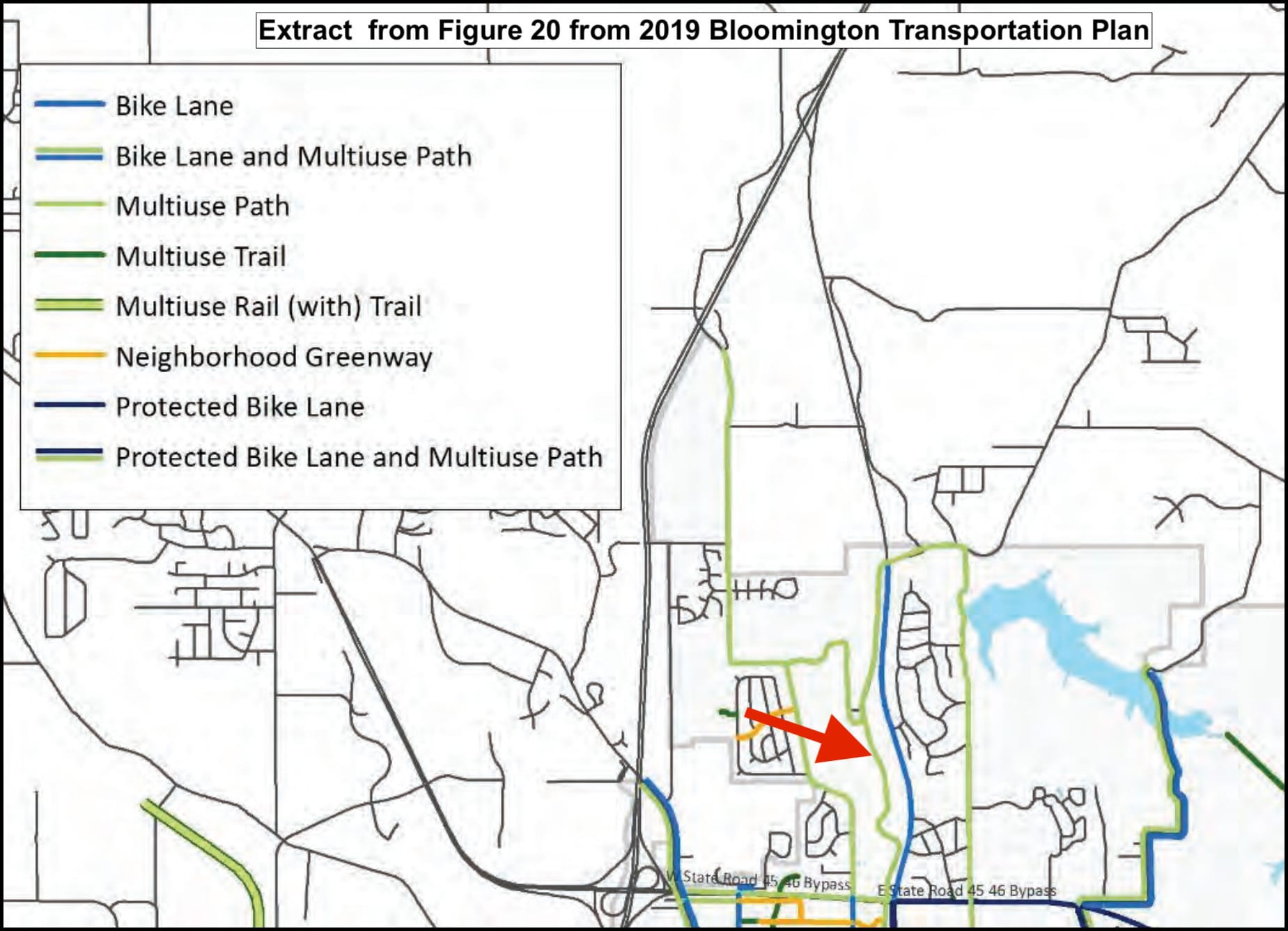
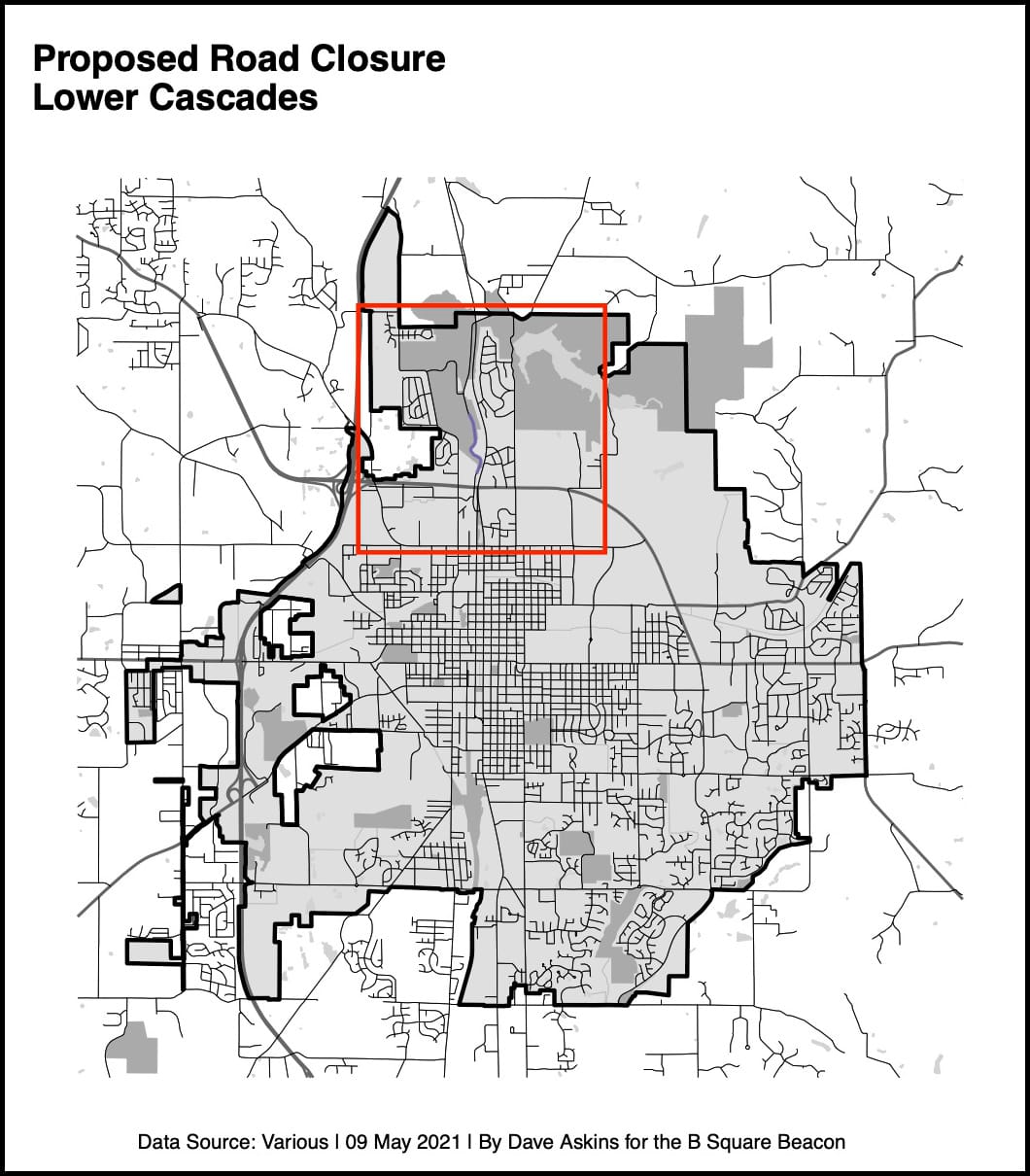
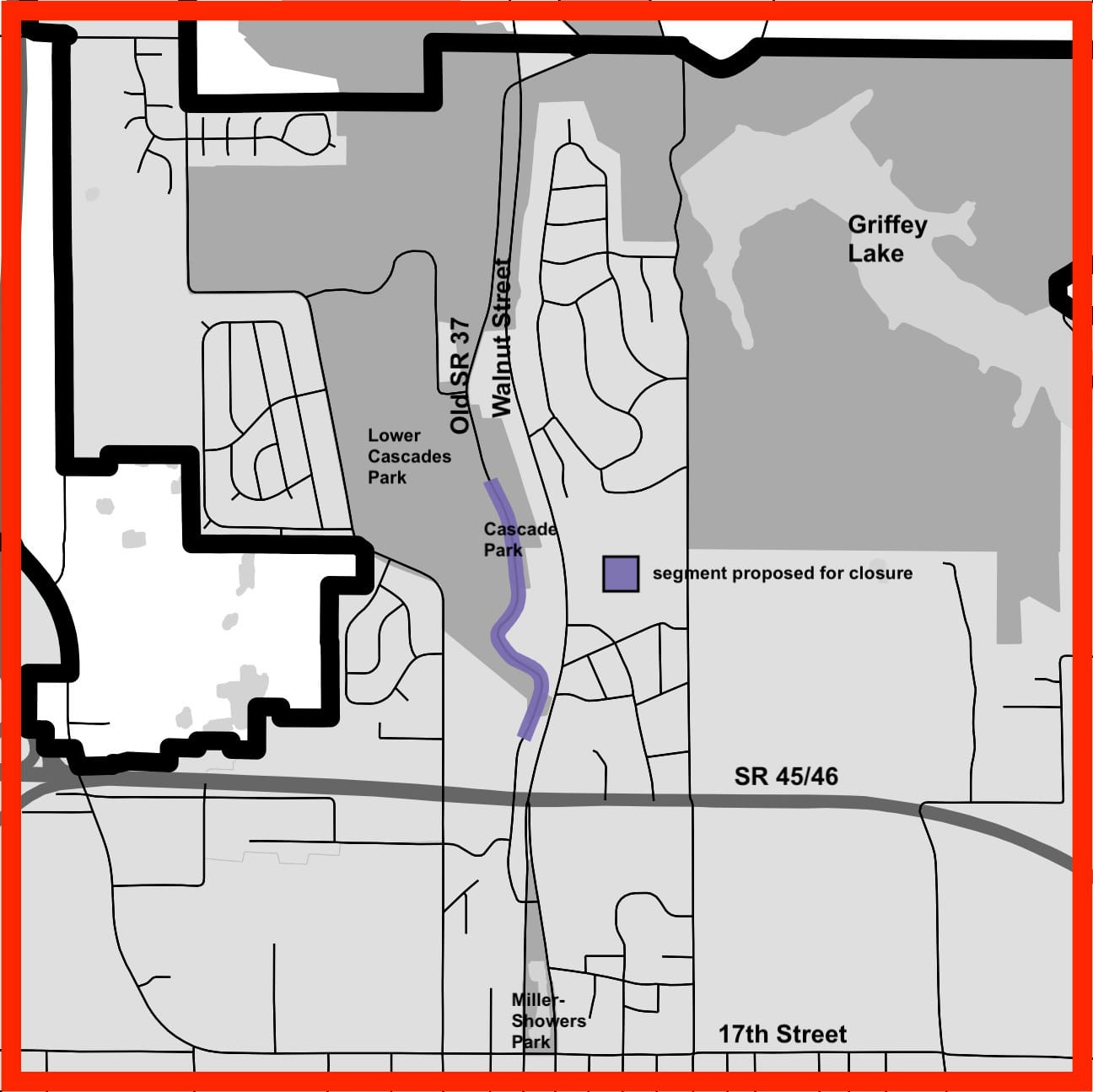
On the north side of Bloomington, there’s currently no dedicated non-motorized pathway between Miller-Showers Park, up the Old SR 37 highway through Lower Cascades Park up to Cascades Park.
On Wednesday (July 26), Bloomington’s city council will get a presentation from planning and transportation director Scott Robinson with four possible approaches to address that situation.
No vote on any proposal appears on Wednesday’s agenda.
The four options are sketched out in a memo from Robinson to the council.
One of them is labeled the “no-build” option, which means that cyclists would share the roadway with cars the way they do now, and pedestrians would walk in the road or else beside the road, where there is no improved surface.
The other three options are: closing the road to automobile traffic and dedicating the existing roadway just for non-motorized use; constructing a non-motorized path that is separate from the roadway; or converting the road to one-lane only for automobile traffic and the other lane for non-motorized traffic
On Saturday in Lower Cascades Park the “no build” option was the overwhelmingly preferred approach for the crowd of around 85 people who had gathered in the Waterfall Shelter to express their views.
More than a dozen people spoke in favor of keeping the whole road open. The most common theme for commenters was that access to the roadway should be equal for all kinds of road users.
Former city councilmember Chris Sturbaum led the group in a chant: “No Build! Amend the plans! No Build! Amend the plans!”
The part about amending the plans was a reference to the city’s comprehensive plans and transportation plans. According to the city’s transportation plan, which was adopted in 2019, there’s eventually supposed to be non-motorized connection between Miller-Showers Park through Lower Cascades, which would then go all the way to Bloomington High School North.
Robinson’s memo indicates that if a decision is made not to build some kind of dedicated non-motorized pathway through the park, those plans should be amended.
At Saturday’s meeting, the only person from the public who spoke up in favor of a dedicated bicycle and pedestrian connection was Greg Alexander. He noted that the non-motorized connection to Bloomington North High School pre-dated the 2019 transportation plan as a part of the city’s overall planning—that’s been a part of the plan for 20 years, Alexander said.
Alexander has an 11-year-old son, who had bicycled with him to the park that day. He told the group: “This plan was 10 years old when my kid was born. And it still hasn’t happened.”
Looking ahead three years, Alexander said, “He’s going to be 14, and going to North, and it hasn’t happened.”
Before his speaking turn, Alexander had also piped up when Sturbaum was reading aloud a written statement from Charlotte Zietlow, who could not attend Saturday’s event.
Alexander shouted out answers to some of the rhetorical questions in Zietlow’s statement.
Zietlow (read by Sturbaum): What is the problem here? Is it going to make people healthier? Is it going to make them happier? Is it going to make movement easier?
Alexander: Yes!
Zietlow (read by Sturbaum): Why do we have to do this now?
Alexander: Why wait?!
Zietlow (read by Sturbaum): Secondly, what is it going to cost?
Alexander: Almost nothing!
When it was his own turn at the mic, the crowd had some answers to some of Alexander’s rhetorical questions. Alexander said, “And when you guys were kids, most everybody walked at some point from high school. Is that totally wrong? Can you tell me that I’m completely full of crap there?” Several voices responded: “You are!”
Still, the crowd gave Alexander a round of applause when he wrapped up his remarks.
On Saturday, the one other voice in support of closing the road was a city councilmember—Isabel Piedmont-Smith.
She was one of three councilmembers who attended—the others were Sue Sgambelluri and Susan Sandberg. Sgambelluri and Sandberg did not speak. Andy Ruff, a former councilmember, and who is almost certain to be returning to the council in 2024, was also there. Ruff is one of three Democrats on the ballot for the three at-large council seats, and there are no opponents.
When Piedmont-Smith took her turn at the mic, she said she would not be stating a position for or against closing the road.
But one attendee called out, “Why won’t you? You’re on the council!” Piedmont-Smith responded by saying, “Because I’m looking out here and I see pitchforks!”
Piedmont-Smith eventually did relent, saying, “I guess it’s pretty clear to you that I’m seriously considering voting in favor of making that road safe for pedestrians and bicyclists—by closing that particular, and only that, access for cars.”
Piedmont-Smith said she wanted to take a turn at the mic, only in order to clarify what she felt were misleading statements about the impact of the proposed road closure. Several speakers had described how access to the park would be cut off.
Piedmont-Smith said that if the roadway is closed at the proposed points, “You will still be able to park just as close to the amenities of this park as you can now. … You can come from the north.”
One attendee got clarification that what Piedmont-Smith meant was to take Kinser Pike or North Walnut, and approach from the north. Another attendee called out his assessment of those options: “That’s a pain in the ass!”
Also responding to Piedmont-Smith’s point about access from the north, was David Canfield, who is the husband of Saturday’s event organizer Carole Canfield.
On a scenario where the road is closed, David Canfield called the accessibility from the north just “theoretical.” Canfield said, “Accessibility is more than just physical ability to get somewhere. It’s also distance.”
Given the location of the park on the north, the great majority of Bloomington residents who want to drive to the park have to come from the south, east, or west, Canfield said. That means they’ll have to go considerably out of their way, compared to going directly from the south, he said.
Jami Scholl led off the comment period by listing out several reasons why the road should not be closed. Among them was the access to the natural area of the park for those with mobility issues. Scholl also noted that the Lower Cascades Road is one of the only ways to get into town on days when Indiana University is hosting a football game. Scholl also said that access for emergency vehicles is better, if the road would remain open.
Scholl, as well as some other speakers, indicated that keeping the road open would better address the current situation of the several unhoused people who make use of the park. Scholl said that some people already feel threatened by the presence of unhoused people living in the park.
Robinson’s memo mentions the issue of the unhoused in the context of emergency services: “People experiencing homelessness frequently use various areas of the park as shelter. Other users of the park also may need emergency services. This issue is similar to other parks in Bloomington.”
Two representatives from Bloomington mayor John Hamilton’s office attended Saturday’s meeting—soon-to-be deputy mayor Larry Allen, and chief of staff Josefa Madrigal. Now an assistant city attorney, Allen takes over the deputy mayor job starting July 29.
Asked to say a few words at the end of the gathering, Allen said that no matter what option the city council chooses, the city will be making significant additional investments in the park.
To achieve the dedicated non-motorized connections to the north, one option previously championed by the administration was a one-lane scenario, where one lane would be dedicated to non-motorized traffic, and the other for automobiles.
The one-lane option was presented to the city council in 2018, when Hamilton asked for approval of a total of $10 million in bonds, to fund several different projects, including the 7-Line dedicated bicycle lane.
As a part of the 2018 bond package, the Lower Cascades non-motorized connection—as a one-lane closure option—was pegged as a $2.1 million project. That project was not built, but a pilot road closure was done.
The pilot closure of the road, not just one lane, but rather the whole road, started in March 2020, just before the COVID-19 pandemic hit.
The pilot closure was controversial. In 2021, when the parks staff wound up recommending to the board of park commissioners that the road be permanently re-opened, some of the same residents who were lobbying against the road closure then, are organizing against the closure now.
In 2021, some of those residents were surprised that their advocacy had been effective. About the decision not to close the road, Carole Canfield said at the time, “I’m actually just kind of speechless.”
In 2021, if Hamilton’s administration had pursued a permanent road closure, the idea had been to put the decision about closing the road in front of the board of public works,
This time around, the idea seems to be that the city council is the right public body to make the decision. Whether that decision will be made through an ordinance, or can be enacted through a simple resolution, is not yet clear.
City council administrator/attorney Stephen Lucas has informed The B Square that the one-lane option, which would make the road one-way, would require a city council ordinance. That’s because it would require updating Title 15 of local code, which has a table of one-way streets—which would mean enacting an ordinance.
About the other options, Lucas wrote in an email, “I’m still trying to work through what mechanisms would be required or appropriate for the other alternatives (especially closing the road to vehicular traffic).”
Photos: Lower Cascades road closure meeting (July 22, 2023)

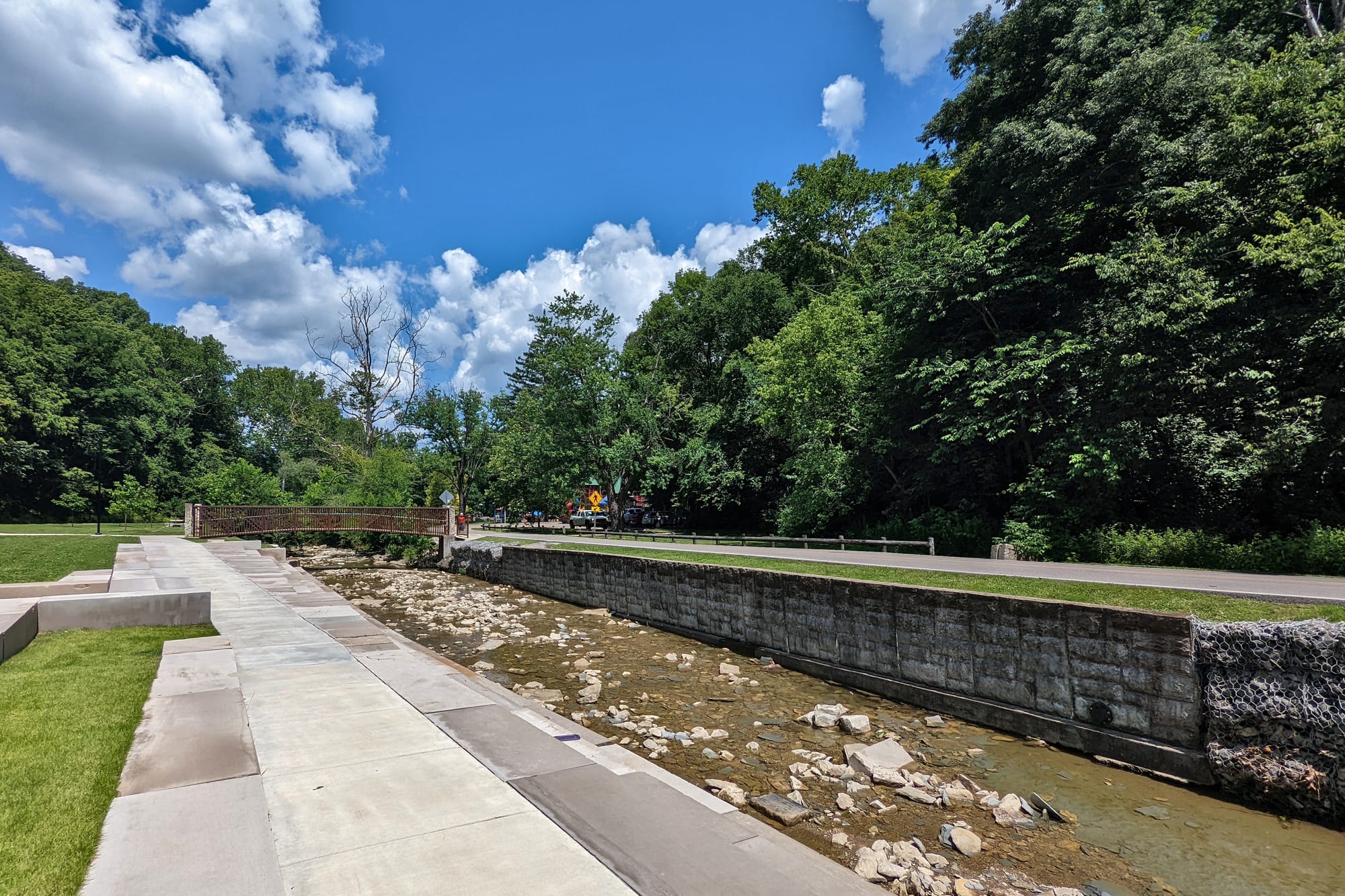


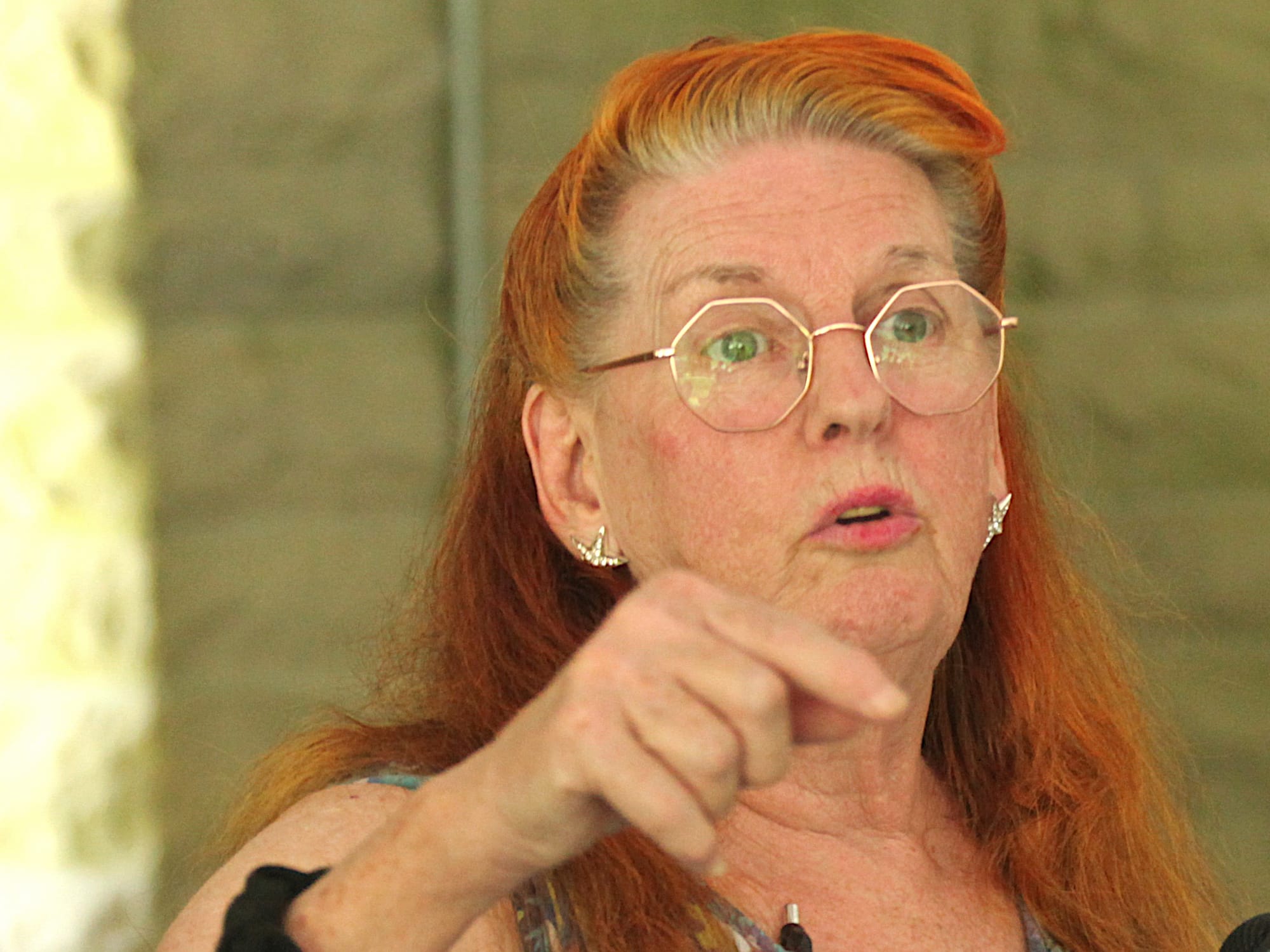
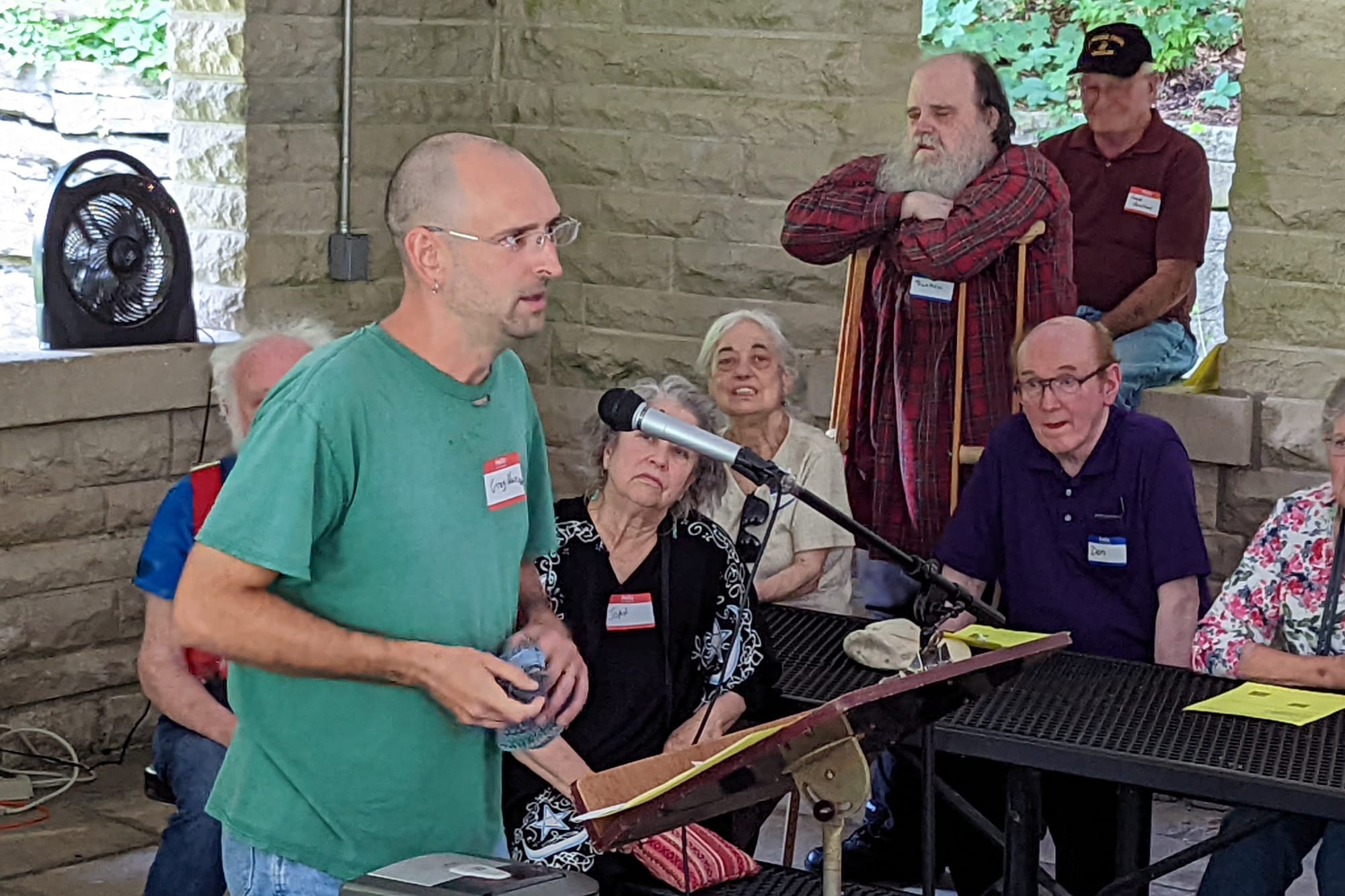
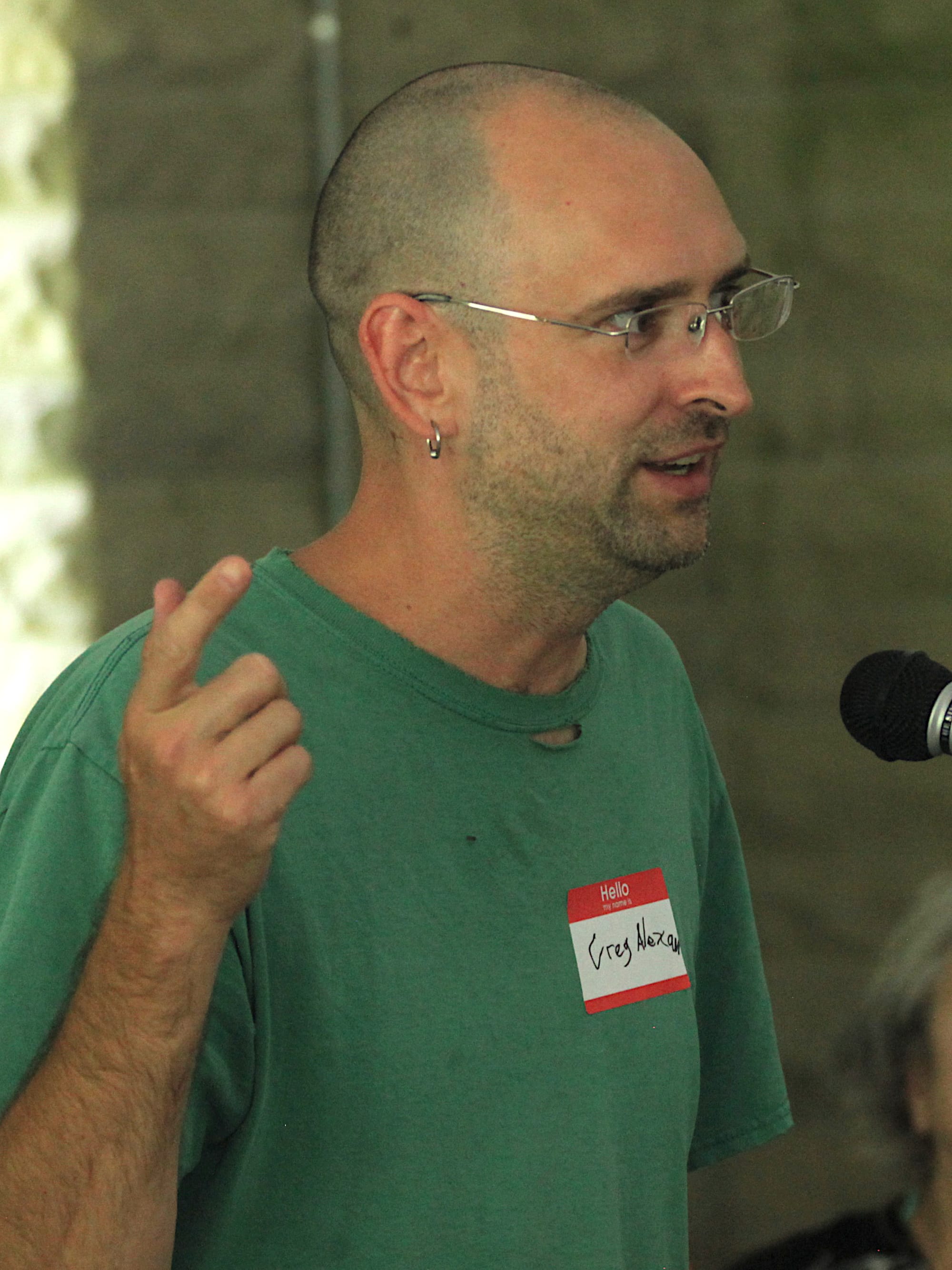
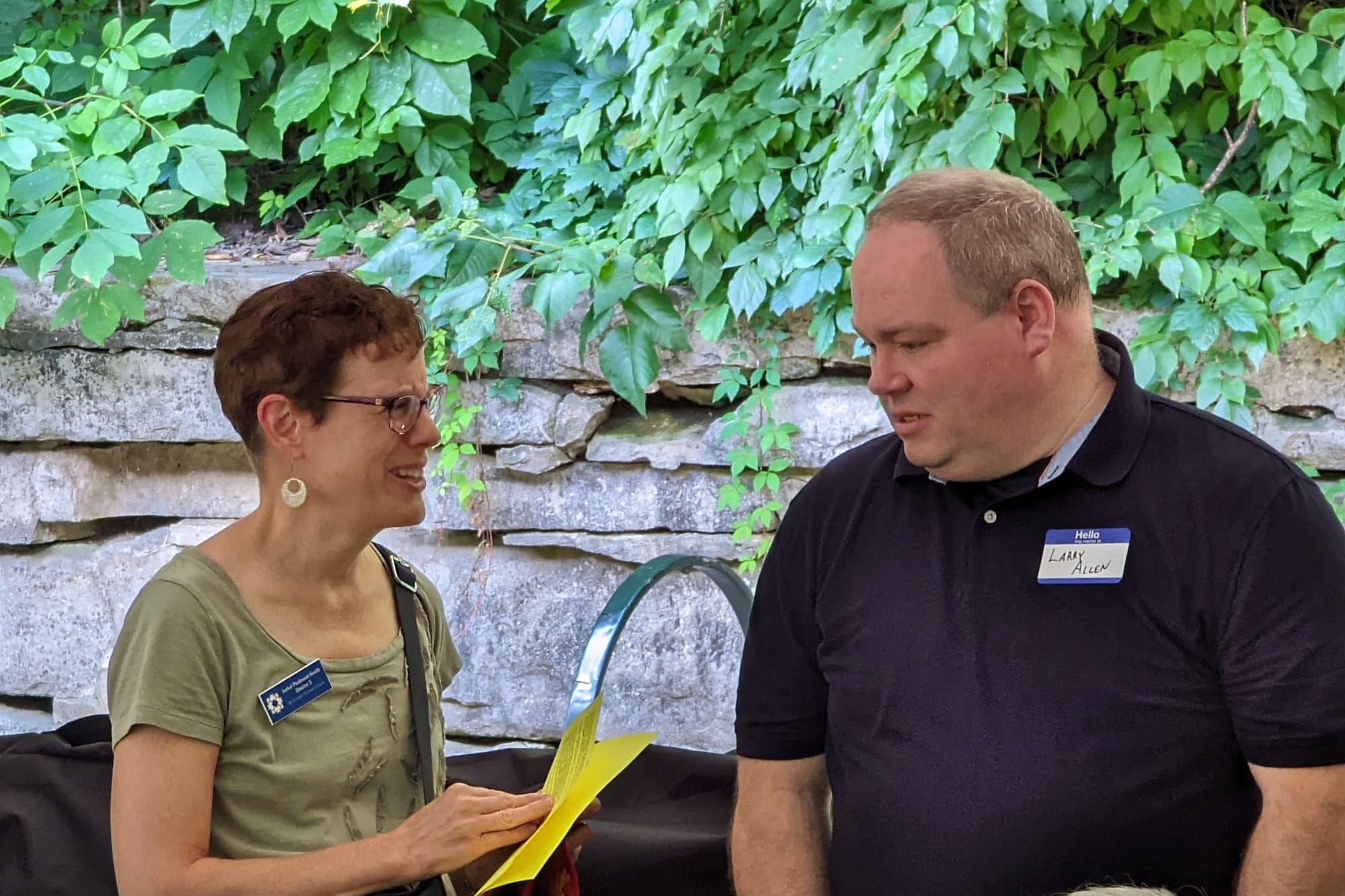

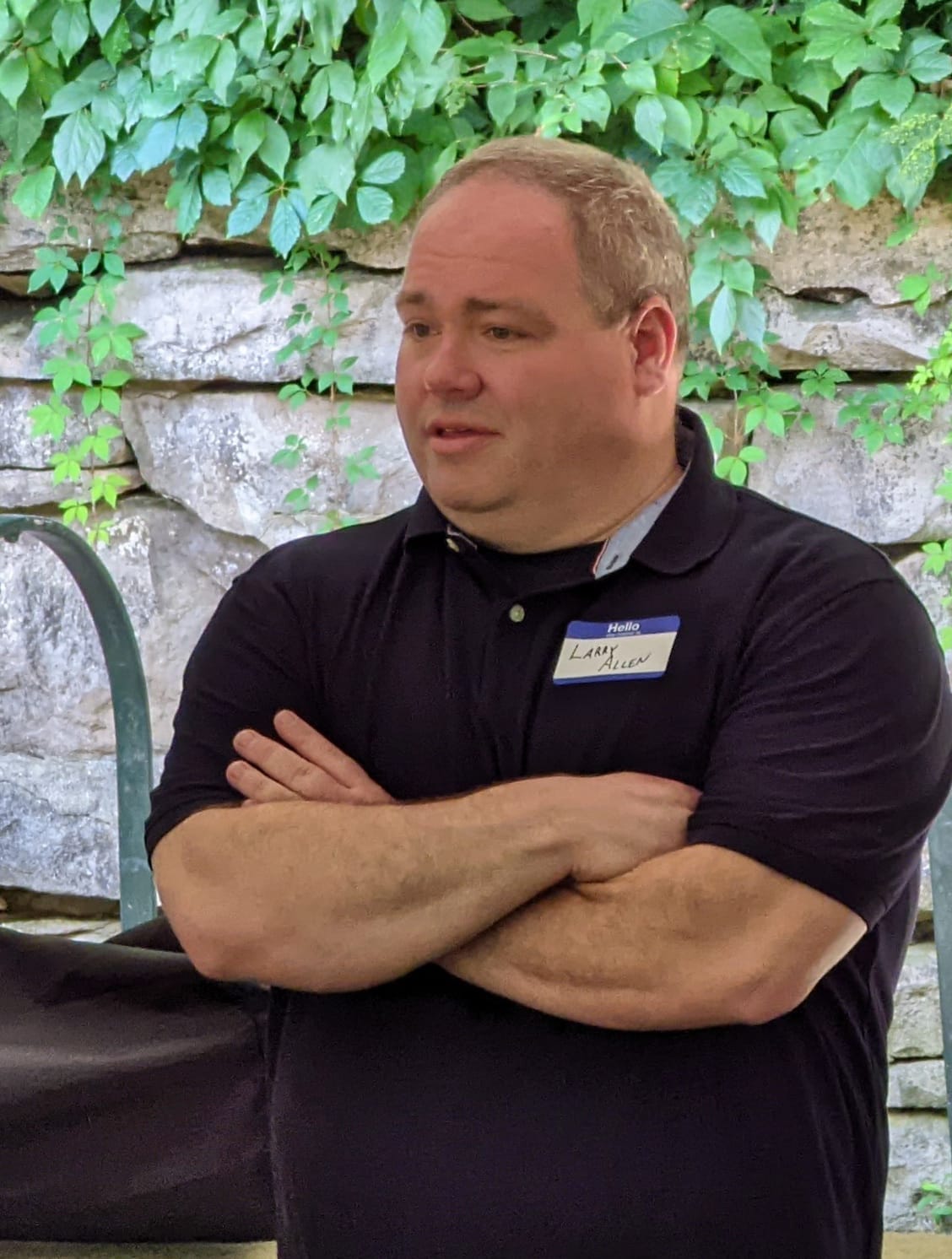
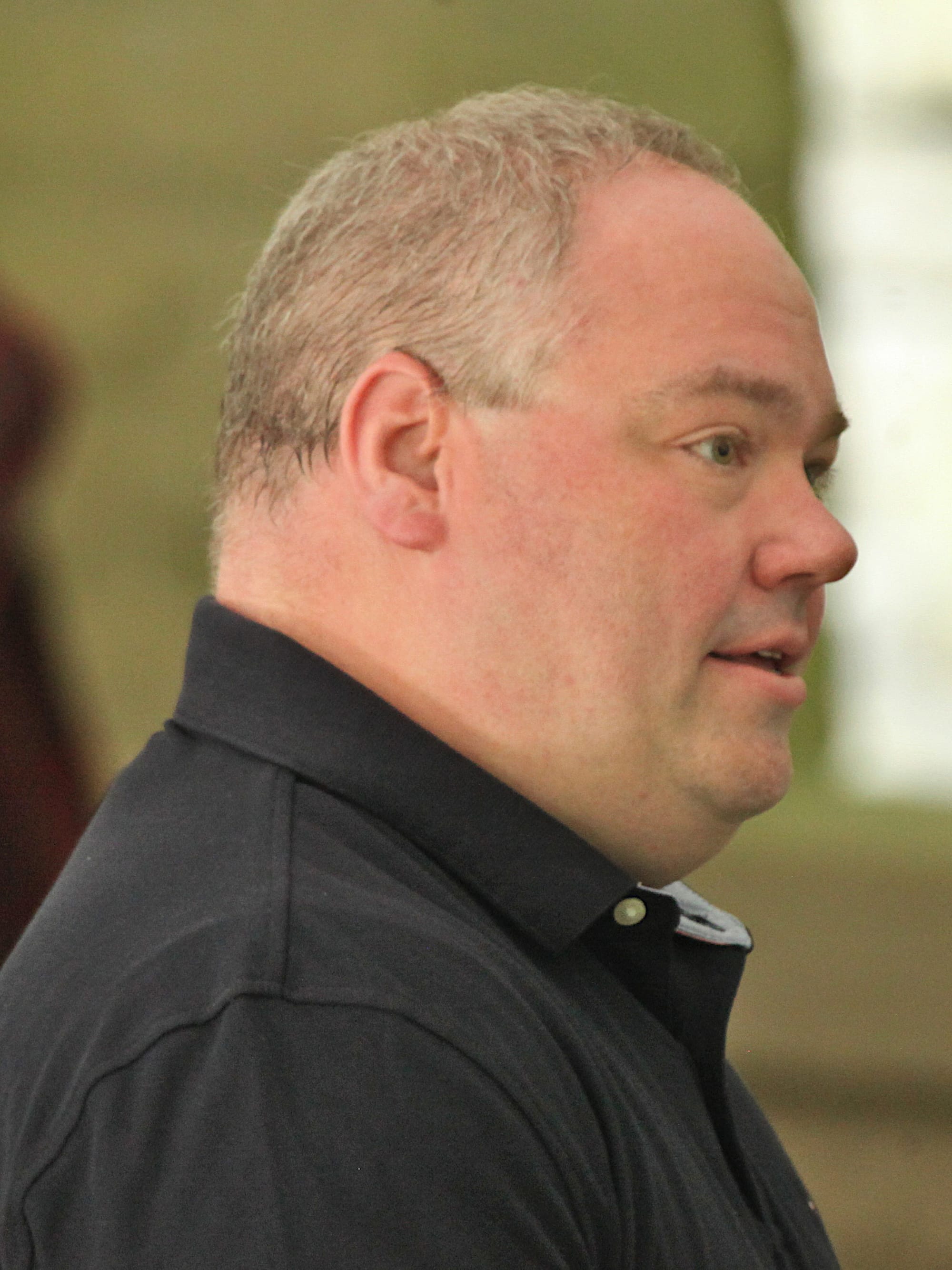
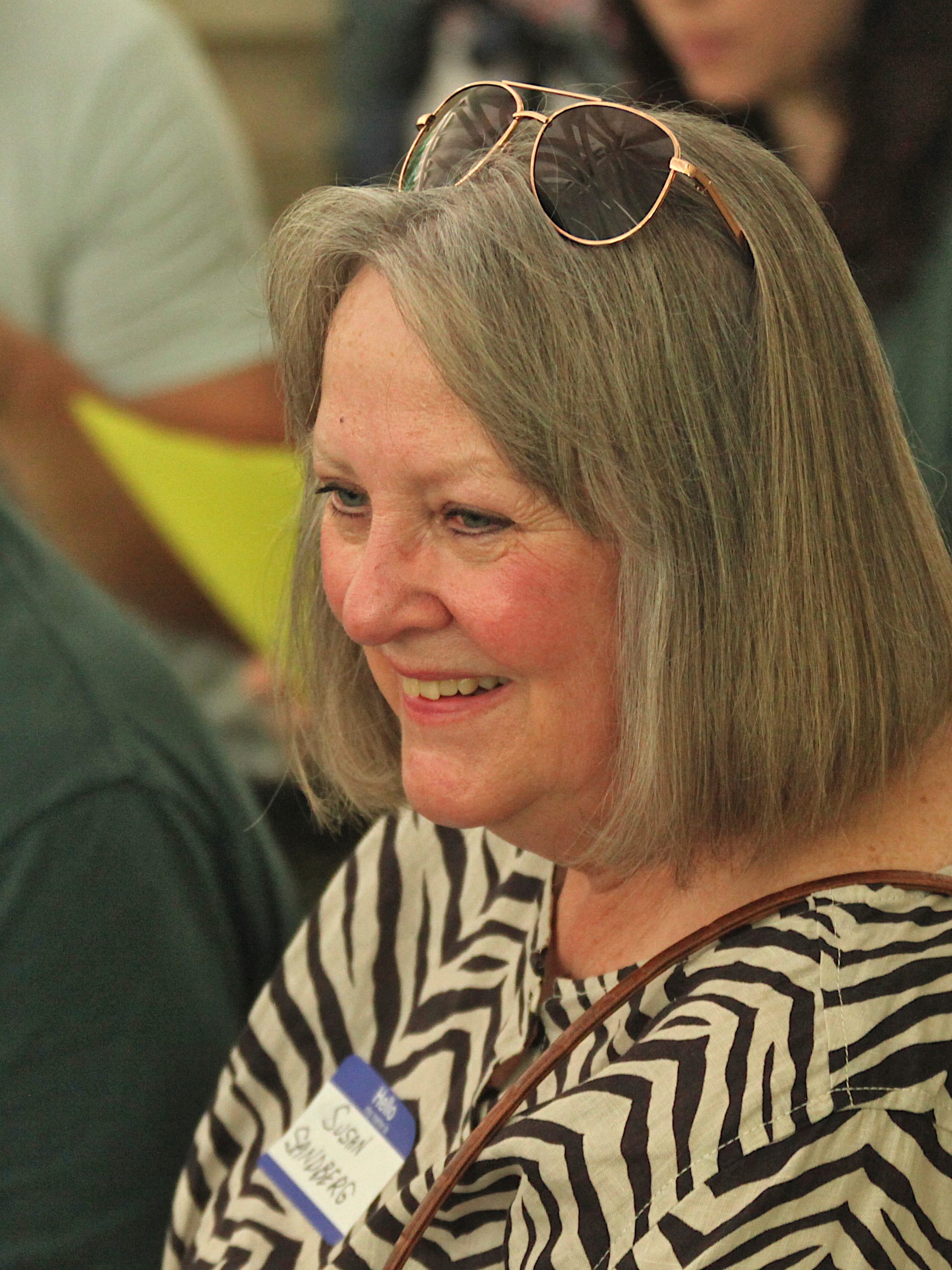
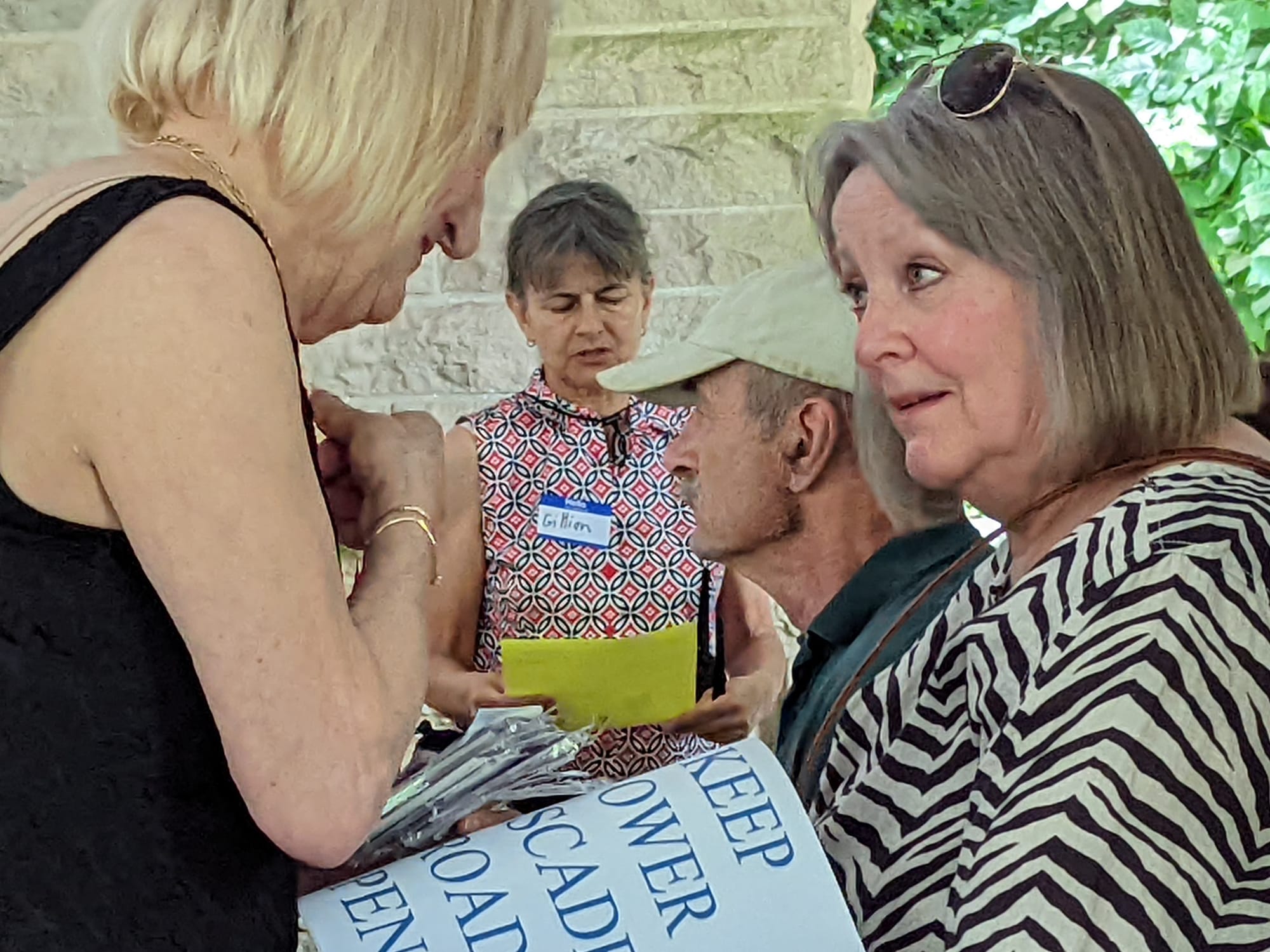
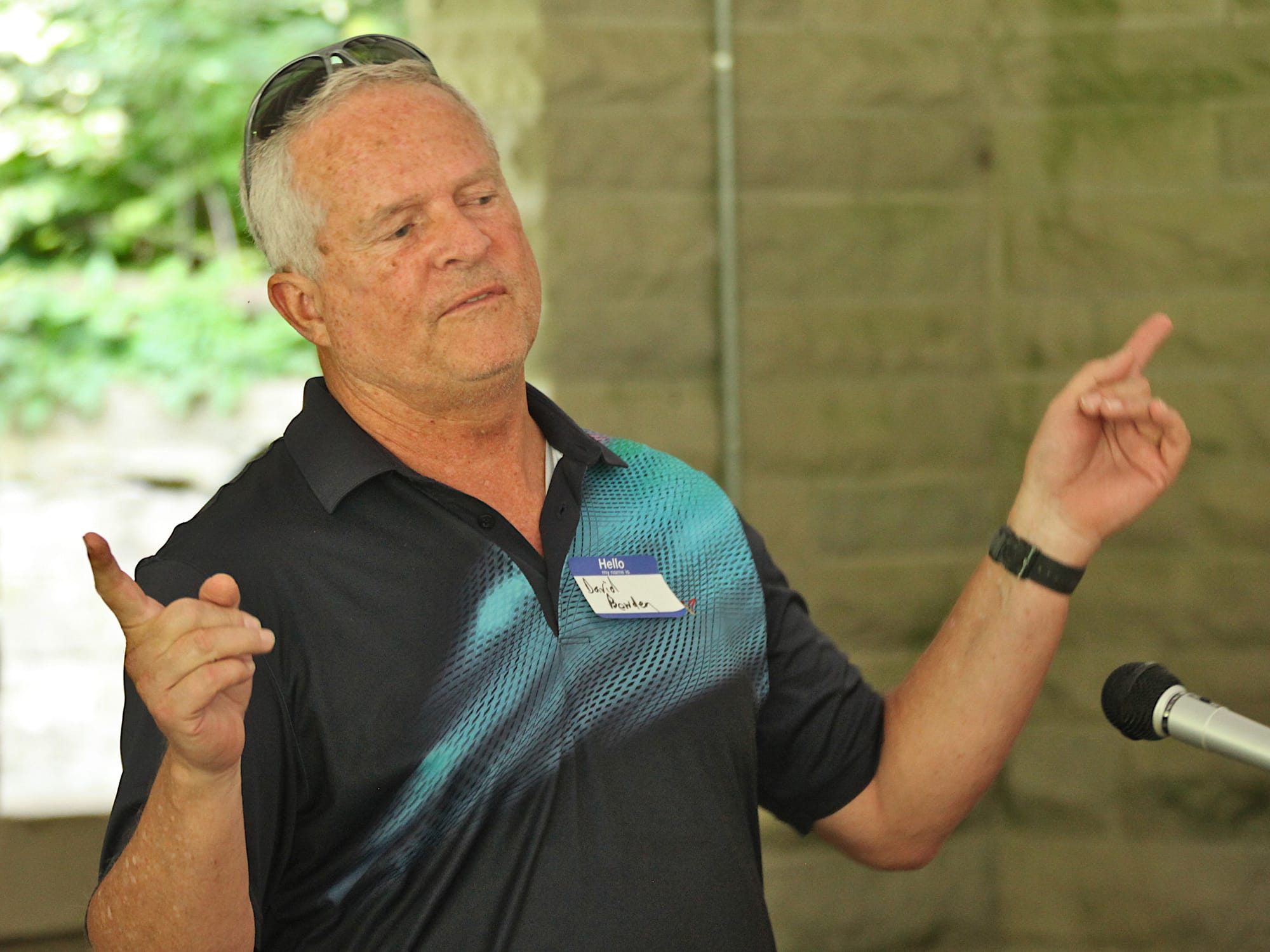
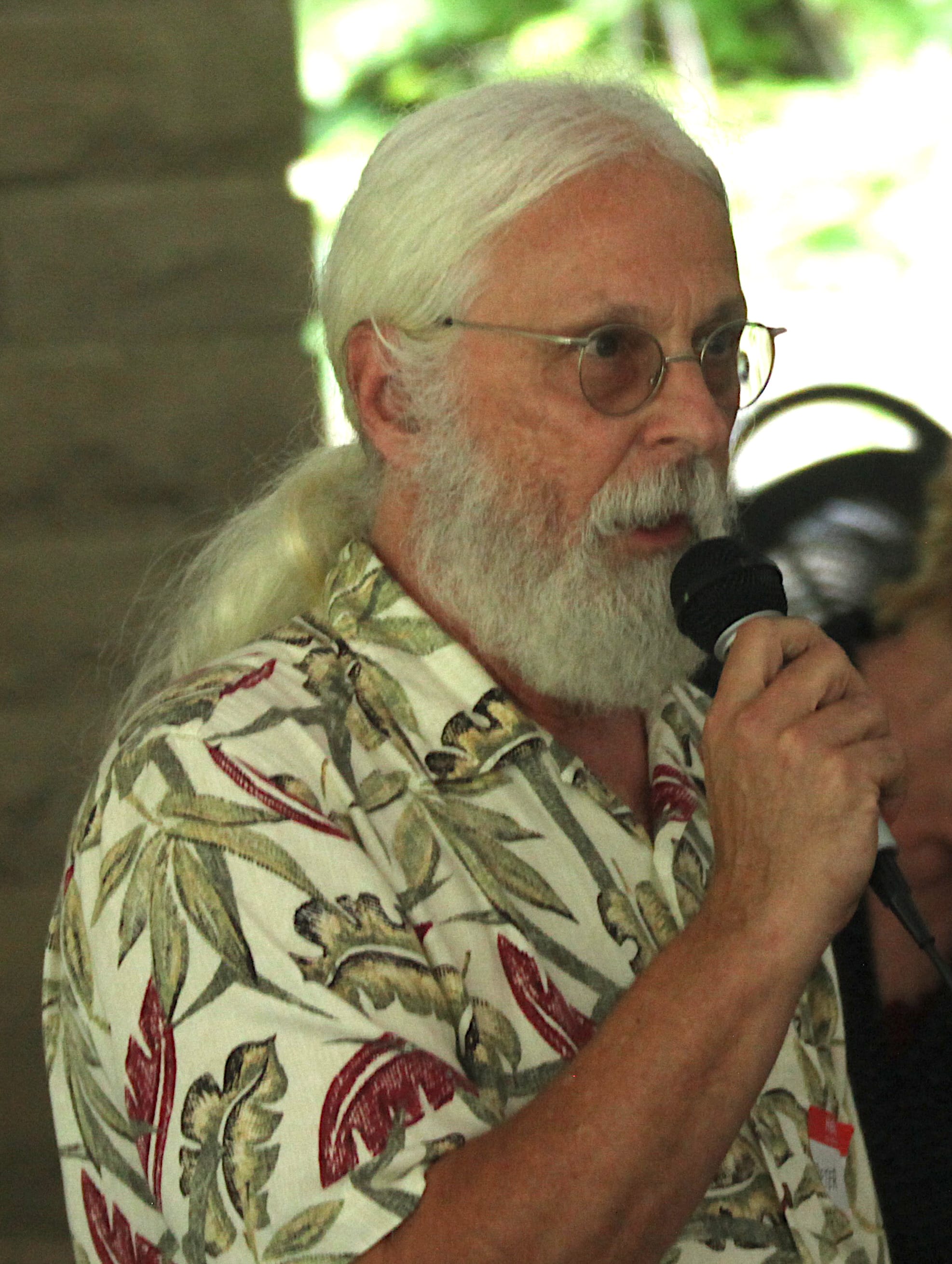
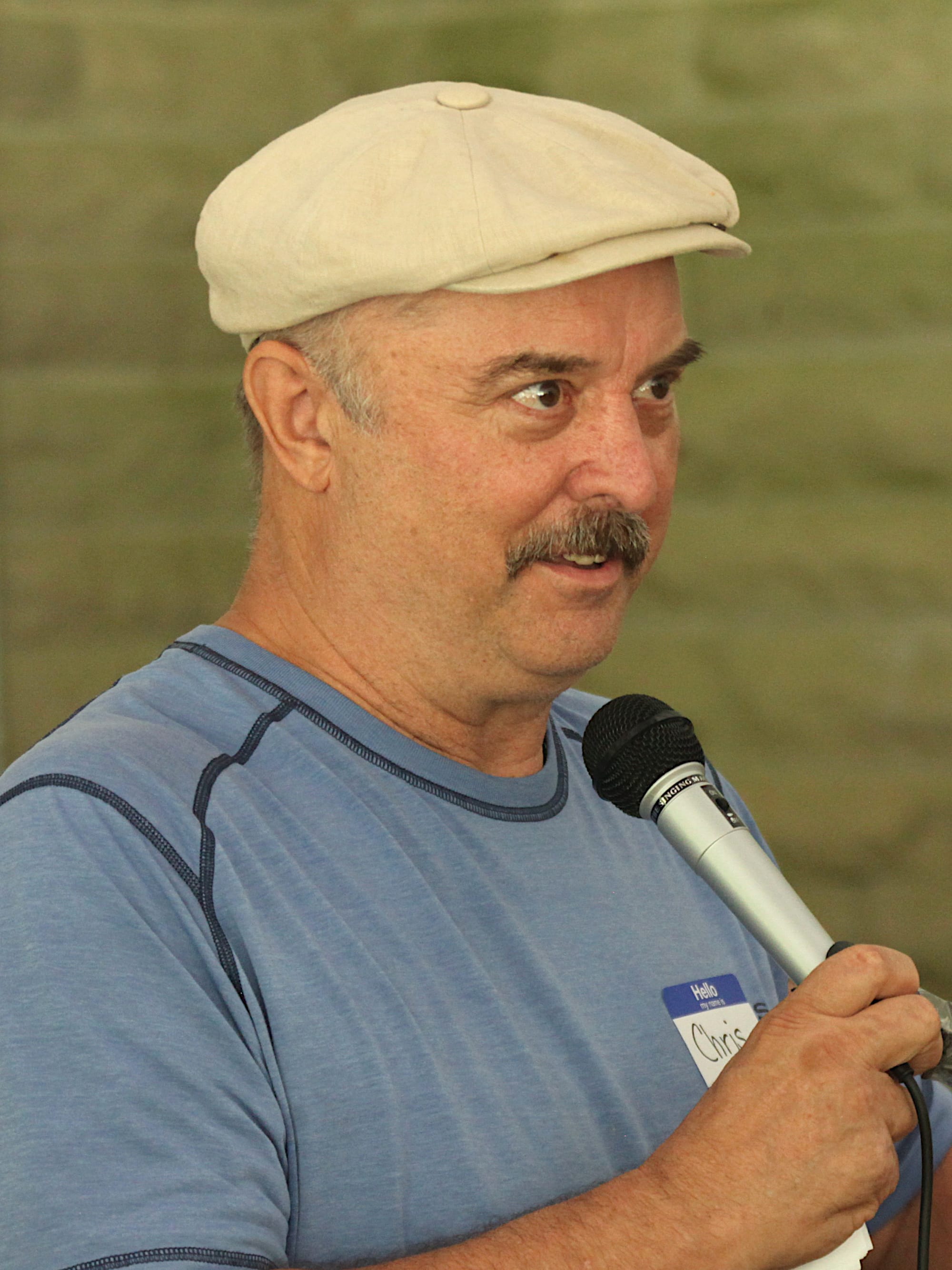
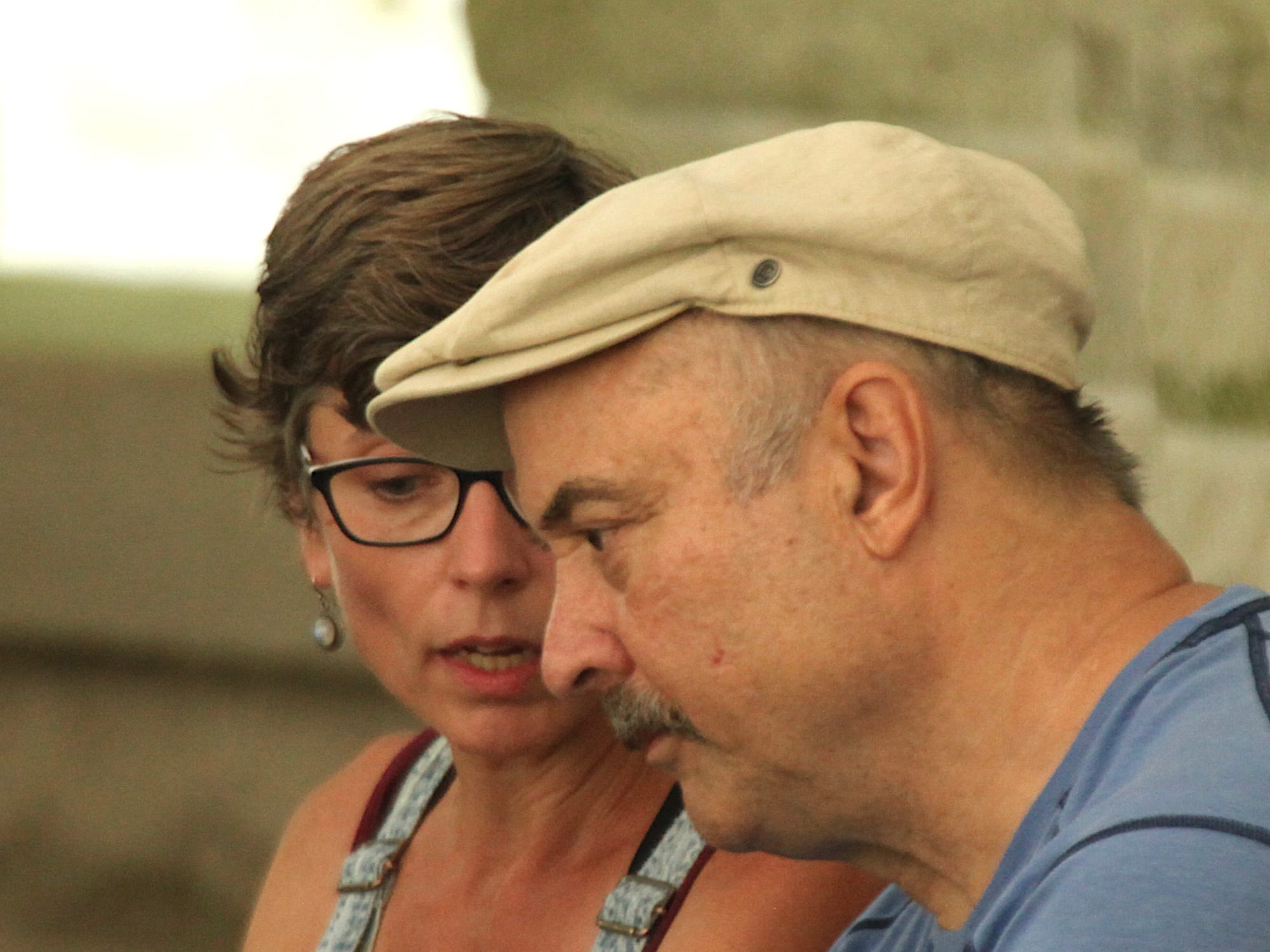
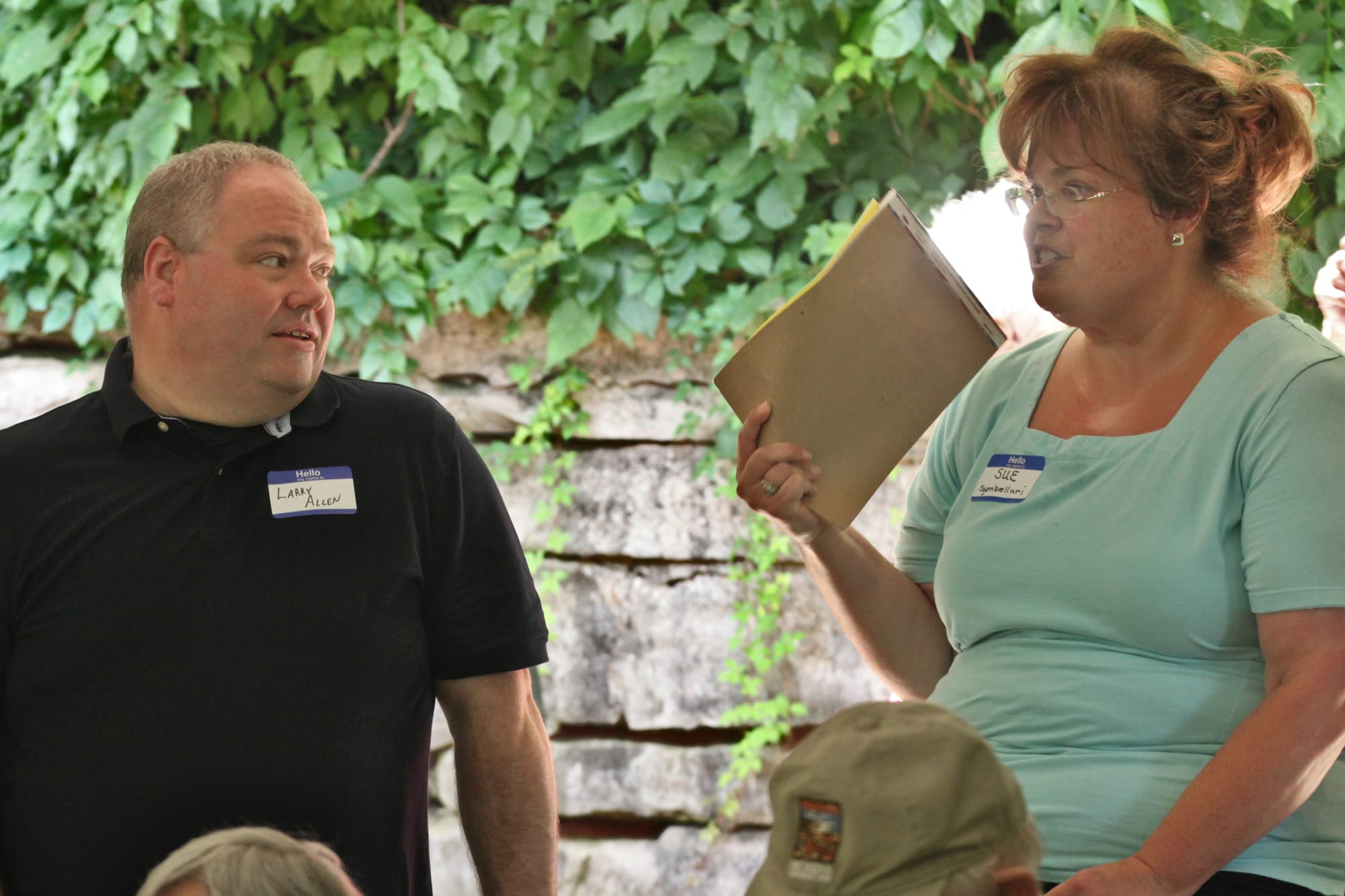
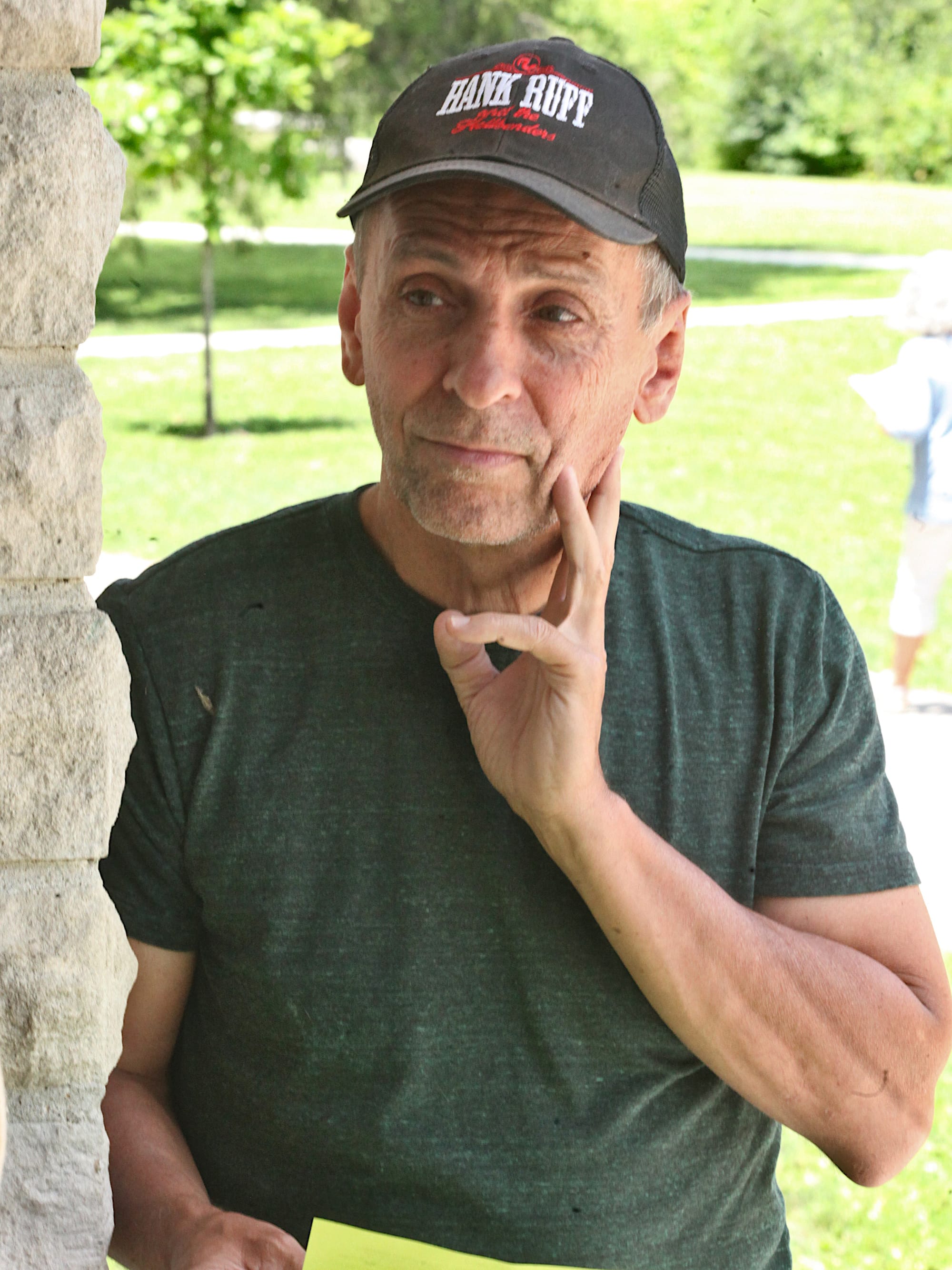

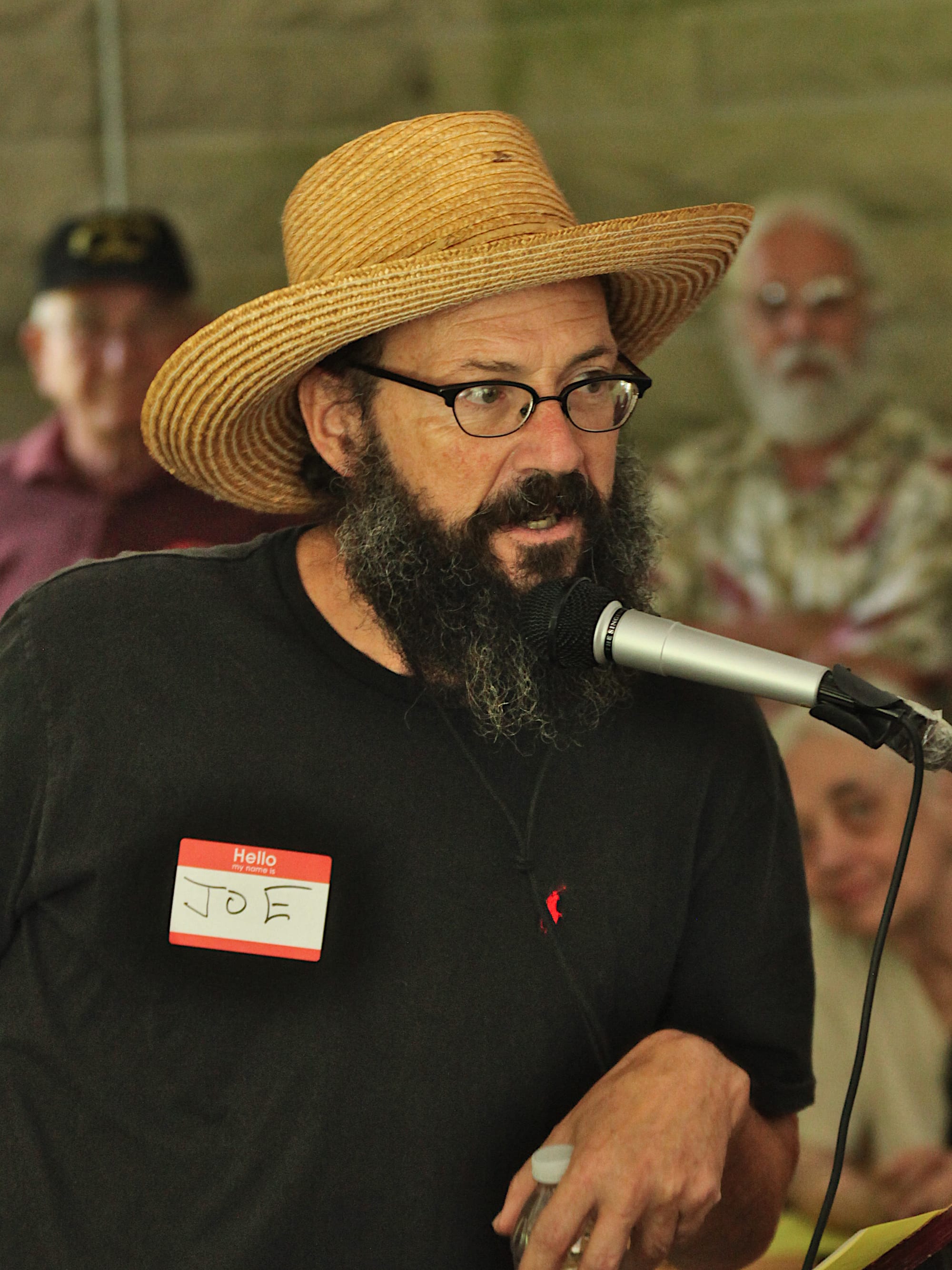
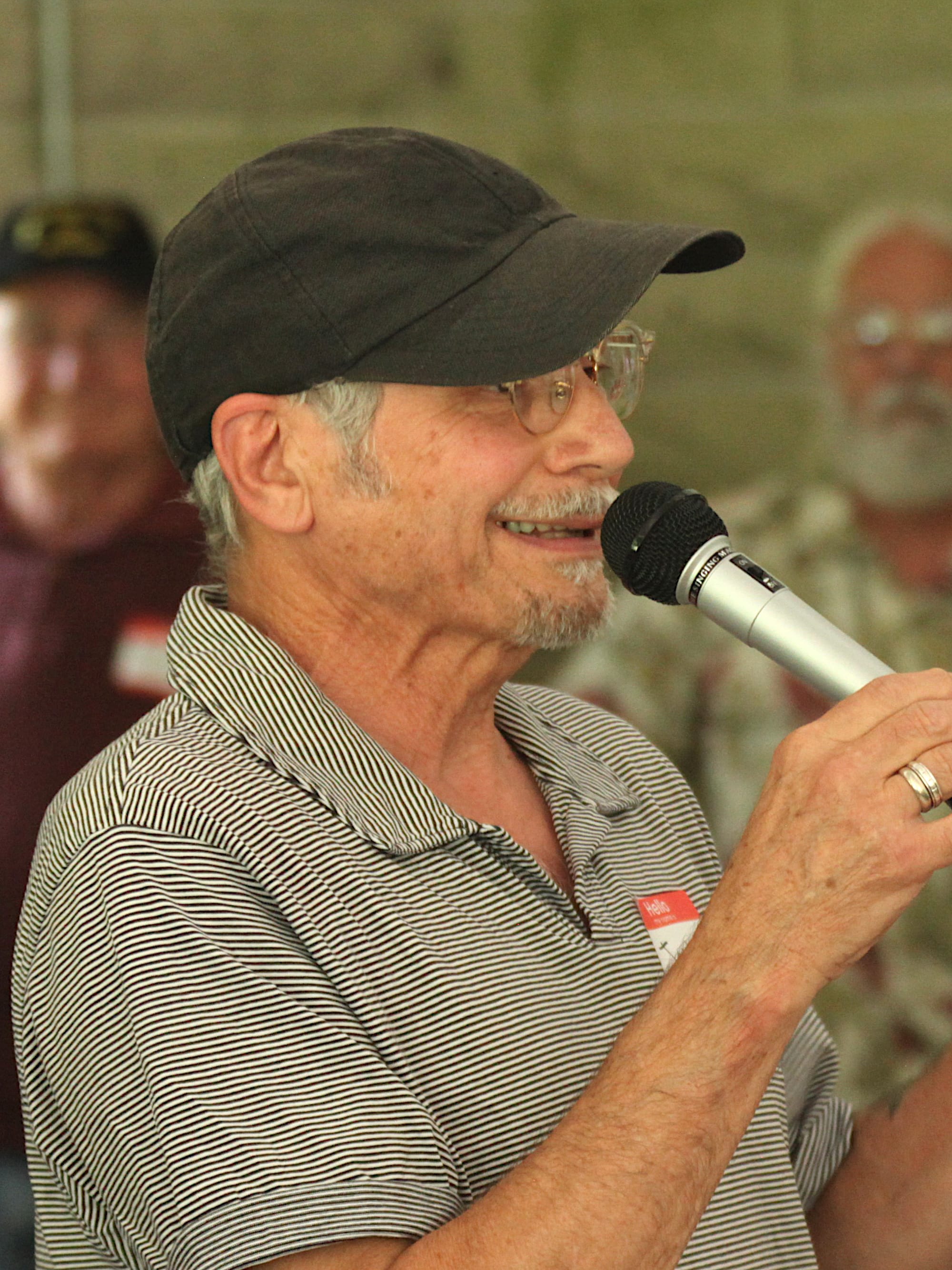

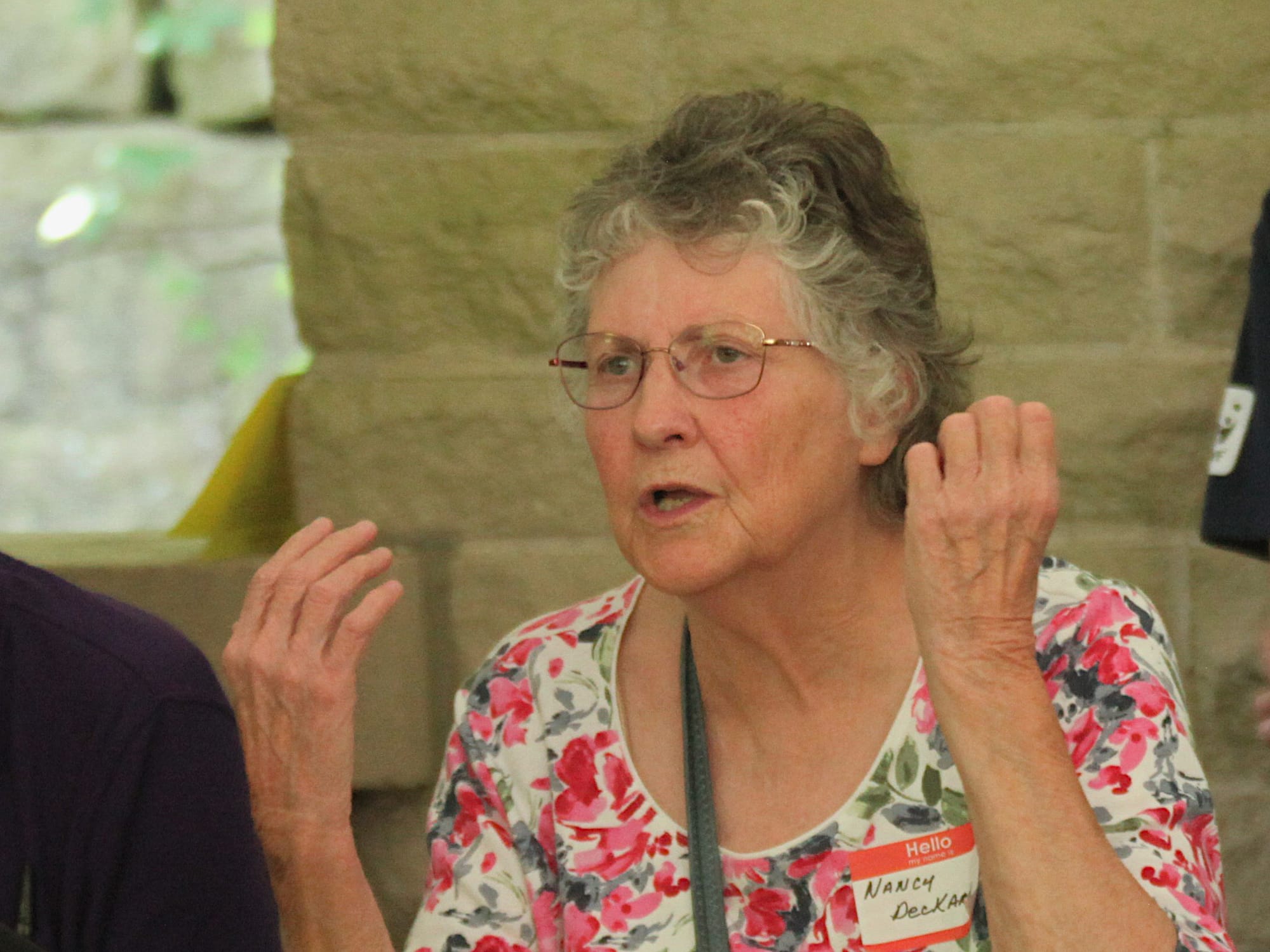




Comments ()